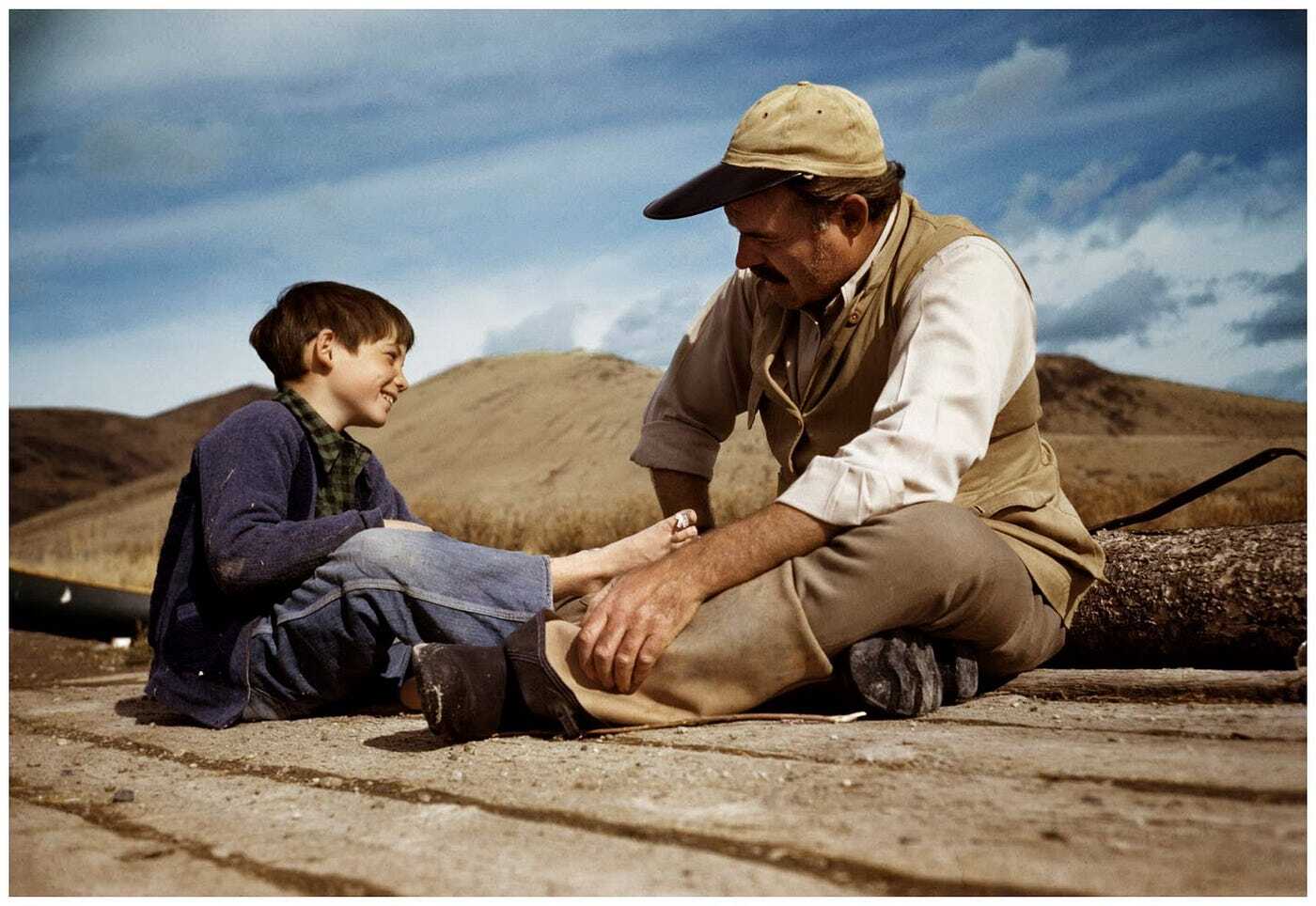
Who was the Railroad Killer? Ángel Maturino Reséndiz, known as the Railroad Killer, was a Mexican serial killer who terrorized the United States and Mexico during the late 1980s and 1990s. His crimes were particularly brutal, often committed near railroad tracks, which earned him his chilling nickname. Reséndiz's violent spree included at least 15 murders, primarily targeting women. His method involved using objects found in victims' homes to carry out his attacks. Despite multiple deportations and a long criminal record, he managed to evade capture for years. His eventual surrender in 1999 brought an end to a reign of terror that left a lasting mark on history.
Key Takeaways:
- The Railroad Killer, Ángel Maturino Reséndiz, had a troubled early life and committed brutal crimes across the U.S. and Mexico, instilling fear in communities and captivating the media.
- His capture involved the FBI and his sister, showcasing the combined efforts of law enforcement and family in ending his reign of terror.
The Early Life of Ángel Maturino Reséndiz
Ángel Maturino Reséndiz, known as the Railroad Killer, had a turbulent early life that set the stage for his future crimes. Let's delve into his background.
-
Birth and Early Life: Born on August 1, 1959, in Izúcar de Matamoros, Puebla, Mexico, Reséndiz's early years were marked by instability.
-
Family Background: Raised by his mother until age seven, he then lived with his grandmother until moving to Acapulco at 12 to fend for himself.
-
Illegal Entries: At 14, he first illegally crossed the U.S.-Mexico border, heading to Florida.
-
Deportations: Over 20 years, he was deported at least 17 times, showcasing his persistent attempts to stay in the U.S.
Criminal Beginnings and Escalation
Reséndiz's criminal activities began early and escalated over time, leading to a series of brutal murders.
-
Criminal Record: His record includes convictions for burglary (1979-80, 1992), firearm possession (1988, 1996), and making false statements (1985-86, 1998).
-
First Known Murder: In 1986, he shot a homeless woman in San Antonio, Texas, marking the start of his violent spree.
-
Murder Spree: Throughout the late 1980s and 1990s, he committed numerous crimes, including murders, across the U.S. and Mexico.
Modus Operandi and Victim Profiles
Reséndiz's crimes were marked by specific patterns and targeted victims, often near railroad tracks.
-
Modus Operandi: He targeted victims near railroad tracks, using objects found in their homes for brutal attacks.
-
Victim Profiles: Most victims were women, some of whom he raped before killing. His victims included a pastor, his wife, a doctor, a grandmother, and a kindergarten teacher.
Notable Victims and Survivor Stories
Several victims' stories stand out, highlighting the brutality of Reséndiz's crimes and the resilience of survivors.
-
Wendy Von Huben: A 16-year-old girl raped, strangled, and suffocated with duct tape in Sumter County, Florida.
-
Christopher Maier: A 21-year-old college student murdered along with his girlfriend Holly Dunn in Lexington, Kentucky.
-
Claudia Benton: A doctor beaten to death with a statue in her Weimar, Texas, bedroom.
-
Survivor Holly Dunn: Dunn survived a brutal attack, later writing a memoir about her experience.
FBI Involvement and Capture
The FBI played a crucial role in tracking down and capturing Reséndiz, ending his reign of terror.
-
FBI Involvement: The FBI linked him to at least 15 murders across several states, listing him as one of the Ten Most Wanted Fugitives in 1999.
-
Capture: In July 1999, his sister contacted the police, leading to his capture.
-
Surrender: He surrendered to the FBI on July 12, 1999, on a bridge connecting Texas and Mexico.
Trial, Sentencing, and Execution
Reséndiz faced trial and was ultimately sentenced to death for his heinous crimes.
-
Trial and Sentencing: In 2000, he was sentenced to death by a Texas court. An insanity plea was rejected.
-
Execution: Executed by lethal injection on June 27, 2006, for Claudia Benton's murder.
-
Confessions: During his trial, he confessed to nine murders but claimed to have committed many more.
Psychological Profile and Media Coverage
Reséndiz's psychological state and the extensive media coverage of his crimes offer insights into his mind and the public's reaction.
-
Psychological Profile: Despite his brutal crimes, he showed no remorse, claiming to be eternal.
-
Media Coverage: His case was extensively covered by media outlets, including "48 Hours Mystery" and "The FBI Files."
True Crime Shows, Podcasts, and Documentaries
The Railroad Killer's story has been explored in various true crime shows, podcasts, and documentaries.
-
True Crime Shows: Featured in shows like "Morbid: A True Crime Podcast" and "Catching Killers."
-
Podcasts: A series of 16 podcasts by British journalist Alex Hannaford detailed his crimes.
-
Documentaries: Explored in documentaries such as "All Aboard the Crime Express" and Netflix's "Catching Killers."
Books and Memoirs
Books and memoirs provide personal insights into the lives affected by Reséndiz's crimes.
- Books: Holly Dunn wrote "Sole Survivor: The Inspiring True Story of Coming Face to Face with the Infamous Railroad Killer."
Law Enforcement Efforts and Crime Scenes
The capture of Reséndiz was a result of combined efforts by law enforcement and his family.
-
FBI Task Force: His capture involved the FBI and his sister, who convinced him to turn himself in.
-
Crime Scenes: Similarities in crime scenes linked to Reséndiz, with DNA evidence matching several murders.
Geographic Spread of Crimes
Reséndiz's crimes spanned multiple states, instilling fear in communities across the U.S.
-
Victim Locations: Crimes committed in Texas, Kentucky, Illinois, Florida, and Georgia.
-
Railroad Hopping: He traveled across the country by illegally hopping freight trains.
Taunting Police and Personal Items
Reséndiz often taunted police and stole personal items from his victims, adding to the horror of his crimes.
-
Taunting Police: He taunted police by committing murders in areas where he was wanted, leaving clues behind.
-
Personal Items: Stole items like jewelry and examined victims' identification to learn more about them.
Brutal Tools and Psychological Motivations
The tools and motivations behind Reséndiz's crimes reveal a deeply disturbed individual.
-
Brutal Tools: Used tools like pickaxes, rocks, or blunt objects to kill his victims.
-
Psychological Motivations: His crimes suggest deep-seated anger and a lack of empathy.
Public Fear and Media Impact
Reséndiz's crimes instilled fear in communities and captivated the media.
-
Public Fear: His crimes caused panic in railroad towns, making him one of the most feared serial killers in American history.
-
Media Impact: His case fascinated law enforcement and the media, with numerous documentaries, books, and true crime shows exploring his crimes.
The Chilling Legacy of the Railroad Killer
Ángel Maturino Reséndiz, known as the Railroad Killer, left a terrifying mark on history. His brutal crimes, often near railroad tracks, spread fear across the United States and Mexico. With a history of illegal entries and a long criminal record, Reséndiz's spree of violence spanned decades. His capture in 1999, thanks to his sister's intervention, brought an end to his reign of terror. Despite his execution in 2006, his story continues to captivate true crime enthusiasts. The case highlights the importance of vigilance and cooperation among law enforcement agencies. Reséndiz's legacy serves as a grim reminder of the horrors individuals can inflict when driven by anger and a lack of empathy. His crimes, extensively covered by media and true crime shows, remain a chilling chapter in the annals of criminal history.
Frequently Asked Questions
Was this page helpful?
Our commitment to delivering trustworthy and engaging content is at the heart of what we do. Each fact on our site is contributed by real users like you, bringing a wealth of diverse insights and information. To ensure the highest standards of accuracy and reliability, our dedicated editors meticulously review each submission. This process guarantees that the facts we share are not only fascinating but also credible. Trust in our commitment to quality and authenticity as you explore and learn with us.


